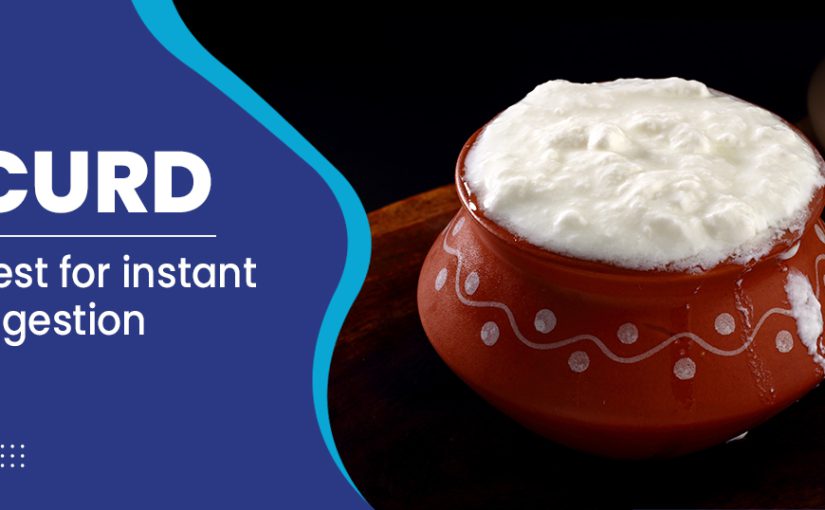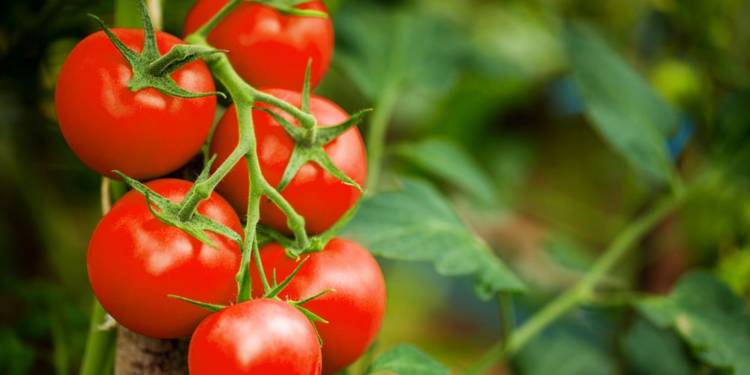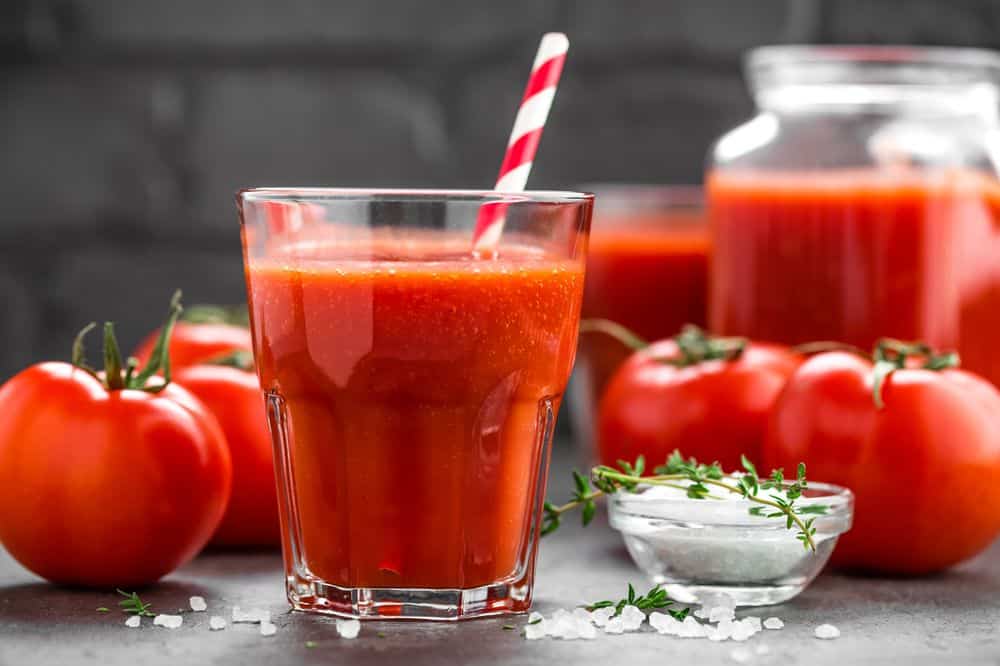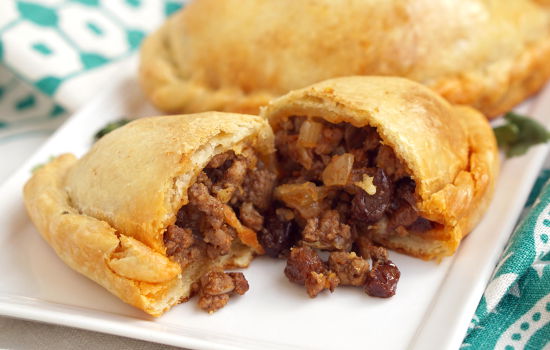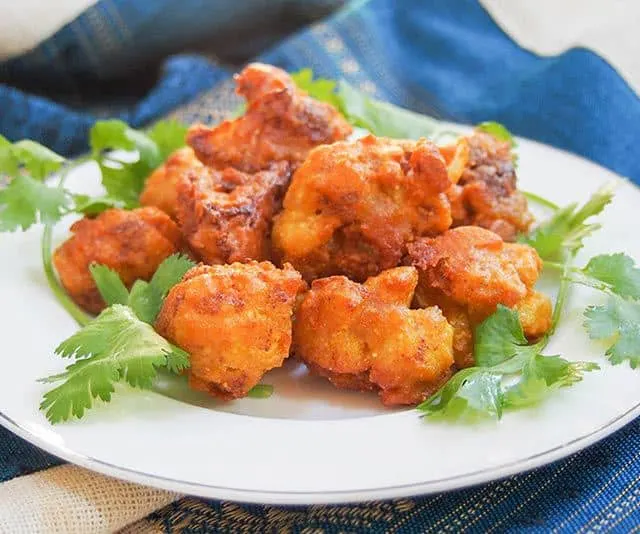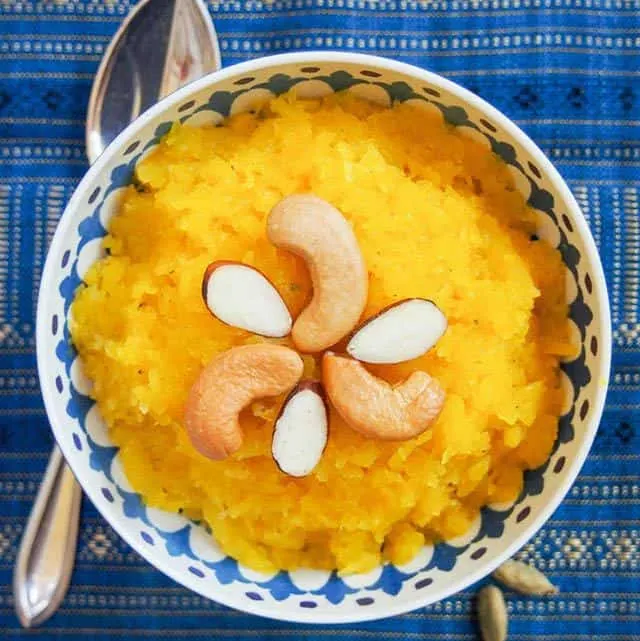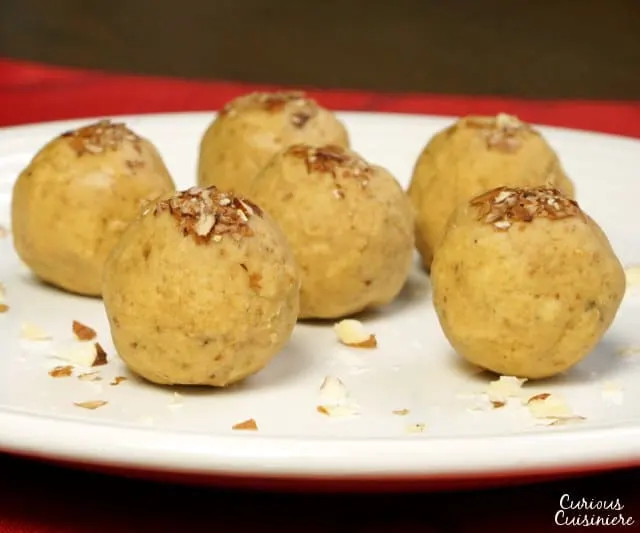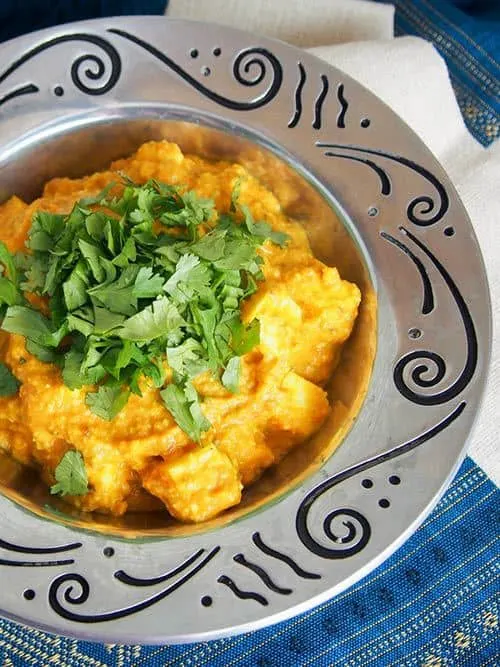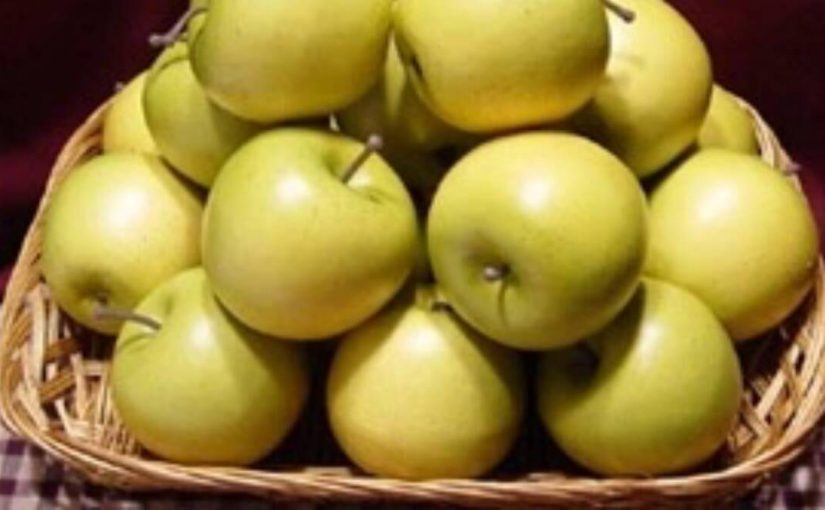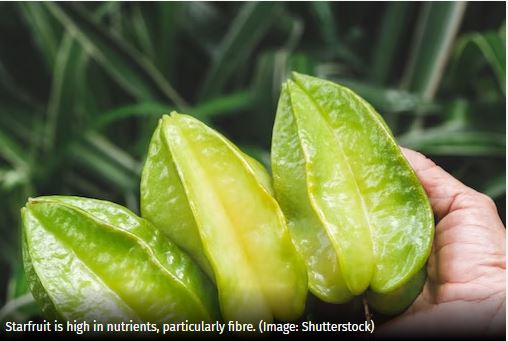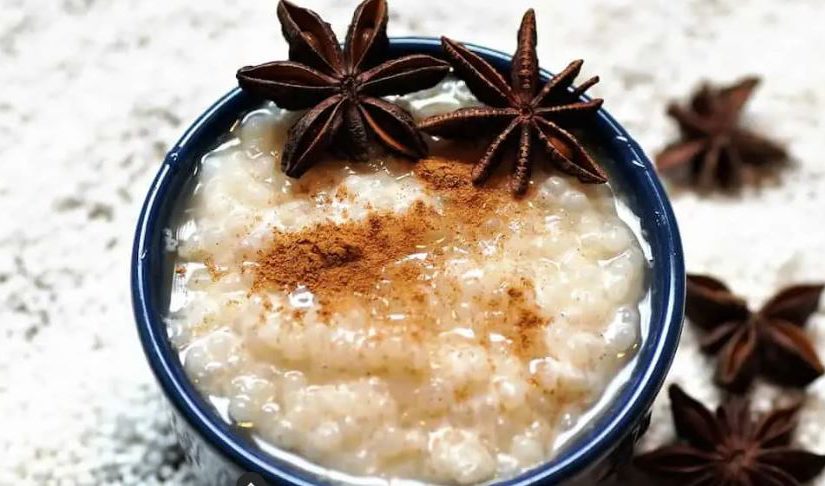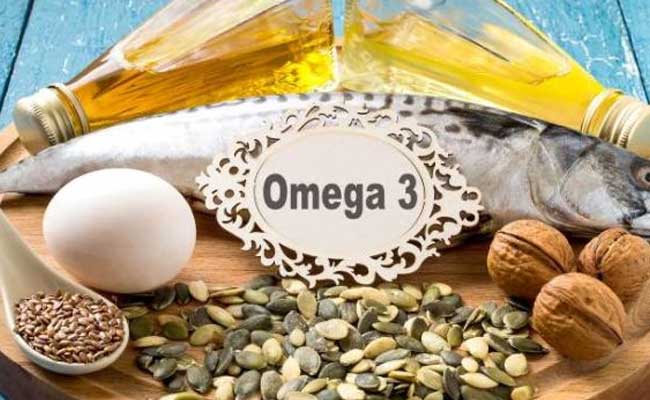Content Source: https://www.starhealth.in/blog/health-and-beauty-benefits-of-curd
Curd or Dahi is one of the simplest dishes that taste good, no matter what you eat it with. It is a naturally fermented food and offers numerous health and beauty benefits.
The probiotics in the curd employ good bacteria and improve gut health. It is one of India’s favourite dairy products.
Indian summers are hot and humid. Curd plays an important role to tackle the heat.
Curd nutrition & Vitamins
| Calories | 98 |
| Carbohydrates | 3.4 g |
| Fat | 4.3 g |
| Protein | 11 g |
| Sodium | 364 mg |
| Potassium | 104 mg |
Apart from the above-mentioned nutrients, curd also offers calcium, magnesium and vitamins A, D and B12.
Health Insurance Plans Starts at Rs.14/day*NameMobileGet Quote
The other health benefits of curd are improved digestion, bone strength, enhanced immunity, promoted hair growth, playing an important role in healthy skin and stimulated appetite.
Simple Steps to make homemade curd?
Curd is a simple dish, and it completes any Indian household. It is very easy to make at home. The milk should be boiled and cooled to room temperature.
A starter is important to make curd. A small portion of curd is stored to make a new batch. Add the starter culture to the milk depending on the weather condition, milk and starter culture. Give it a good mix until the starter and the milk have mixed well.
Leave the milk mixed with starter culture undisturbed for 6-10 hours. The time may vary depending on the weather condition.
How to make curd without curd?
Curd can be made without curd. All it requires is a starter culture. You can make the starter at home with the help of chillies.
To make a starter culture, all you need is full cream milk. Boil the milk and cool it to room temperature such that you can touch it with bare hands. Now add red or green chillies to the lukewarm milk.
Make sure that the stalk is attached to the chillies and is submerged in milk. Leave it undisturbed for 10-12 hours, and the starter culture will be ready.
The taste of the starter culture will not be so good as compared the curd, and it cannot be consumed. This starter culture can be used to make curd.
Benefits of Curd for Skin, Body & Hair
Curd is a primary source of lactic acid bacteria, also called ‘the good bacteria that help maintain gastrointestinal function. It also mediates the gut microflora keeping a person healthy with strong immune responses.
The presence of lactic acid in the curd helps the skin shed the dead cells and helps form new, healthy skin cells. It can also be used as a natural moisturiser and promotes the natural glow of skin and hair.
Curd has anti-aging properties and acts as a natural anti-pigmentation agent.
Skin
Large pores
Curd is popularly used for skincare. Curd has the property to minimise the large pores.
The lactic acid in the curd helps to shrink the large pores in your face. Applying curd to the face twice a week helps to reduce the pore size. At one point in time, the pores diminish.
Nutrients such as vitamin E and zinc benefit the skin and smooth it.
Wrinkles
Curd is one of the best ingredients to be added to your skincare regime. The lactic acid in the curd helps to prevent wrinkles and tightens your skin.
Curd is packed with the goodness of vitamin D, which helps to fight against wrinkles. It also moisturises the skin leaving it soft and supple for a long time.
Dark spots
Curd is rich in calcium which heals dry, flaky skin, and vitamin B5 helps lighten the dark spots. Application of curd to your face helps lighten the dark spots and reduces uneven skin tone.
Acne scars
When acne leaves your skin, it also leaves a scar. Curd has a mild bleaching effect and anti-inflammatory property.
The curd works as a natural cleanser. This cleansing agent helps to mitigate acne scars.
When applied to the face, curd forms a protective layer over the skin and helps fight pathogens. It also prevents it from getting inflated.
Fine lines
Fine lines are the start of your ageing process that turn into wrinkles. Fine lines are created in your face when your face muscles are repeatedly contracted.
As people get older, the skin loses its elasticity and cannot protect itself from damage. This causes wrinkles, fine lines and blemishes.
The application of curd helps restore the skin’s elasticity and reduces wrinkles and fine lines.
Sun damage
Sunburns are expected during the summer season and also for people who travel a lot. However, if you protect your skin from the sun, there will be some degree of damage to the skin.
The sun damage can be treated at home, and curd will be the go-to ingredient. Curd helps to soothe the skin after the damage.
The zinc content in the curd helps to heal the skin from sun damage.
Hyperpigmentation
Hyperpigmentation is harmless, and it gives an uneven skin tone. The skin becomes dark in some areas because of excess melanin production in some areas of skin.
This can be removed with the help of curd. When the curd is applied to the skin, the lactic acid content in the curd acts as a natural bleaching agent and removes the pigmentation spots.
Benefits of curd for skincare
1. Add a few drops of lemon juice, honey, and cucumber to the curd. Grind the mixture and make a smooth paste.
Apply the paste to your skin and leave it for 10-15 minutes. Wash it off your skin with lukewarm water.
This helps lighten the melanin pigment and enhances your complexion giving it an even skin tone.
2. Dab some curd to your face. Leave it for 10 minutes and then wash off. The curd helps fight acne and prevents oil formation, leaving your skin soft and supple.
3. To the curd, add some gram flour. Apply this pack to your face, neck and hands. Leave it for 10-15 minutes before you wash it off. It will give natural brightness to your skin.
4. To the curd, add some orange peel powder and apply it to your face. Leave it for 10 minutes and then wash off. This helps to reduce pigmentation and gives you an even tone naturally.
5. Apply curd and turmeric mixture to your skin. This helps to fight tan and also acts as a natural de-tanning agent. It helps your skin to heal quickly.
Hair
Dandruff Problems
Dandruff is caused by a fungus that feeds on the oil present on the scalp. If it is not treated at the earlier stages, it causes flaky skin on your scalp. It also leads to an itchy scalp and causes hair fall.
The application of curd helps to fight dandruff. Curd has antibacterial properties that help to fight the fungus. It also helps to fight itchy scalp because of its anti-inflammatory properties.
Hair Fall
Curd has lactic acid and many more nutrients that help to strengthen the hair and nourishes the scalp. When the curd is applied to hair, it helps eliminate all dead cells and promotes hair growth by strengthening your roots.
Prevent Itchy Scalp
When the curd is applied to hair, it helps fight dryness and nourishes the scalp. It also prevents the frizziness of the hair and gives a natural shine.
It Can Help Add Radiance
The curd has fatty acids that remove dead cells. When the dead cells are removed, it opens the space for oxygen-rich cells.
The other nutrients in the curd moisturise the hair and add radiance.
Body
Improves Immunity
Curd is rich in lactic acid and probiotics. The good bacteria present in the curd help build your gut health.
Curd helps boost immunity and protects you from harmful microorganisms.
Stronger bones and teeth
Curd is high in calcium which helps to keep your bones and teeth strong. Doctors recommend that children take curd daily because of its high calcium content.
Curd helps to reduce the acid content in your mouth, which inhibits the growth of harmful bacteria.
Research shows that curd helps prevent the growth of smelly bacteria in your mouth.
Helps to Lose Weight
Curd is a fermented dairy product that helps to burn fat. The probiotics in curd keep your digestive system healthy, improve metabolism, and facilitate weight loss. It helps to maintain a healthy BMI.
Reduce Belly Fat
Curd helps to maintain a healthy lifestyle and boosts immunity. The curd is rich in protein and calcium that keep you full for a long time. This helps to avoid binge eating and burns your belly fat.
Energy food
Summers are hot in India, and consuming curd daily helps cope with the heat. It has a natural cooling effect.
Dieticians emphasise the importance of consuming curd daily. It is packed with magnesium, which releases energy quickly.
Curd serves as the best food for your post-workout diet.
What Is the Difference Between Curd & Yoghurt?
People think that curd and yoghurt are the same as they are clubbed under the dairy category. The basic difference between curd and yoghurt is the methods of preparation.
Curd can be prepared at home with natural acidic food like lemon, whereas yoghurt is a fermented food that cannot be prepared in your kitchen. Yoghurt is prepared with some acids.
Curd has several strains of lactic acid bacteria, whereas yoghurt has only specific strains. Curd strains Lactobacillus bacteria, whereas yoghurt has live strains of Lactobacillus bulgaris and Streptococcus thermophilus.
Curd is rich in lactic acid, calcium and magnesium that help to strengthen your teeth and bones and give you energy. Yoghurt is rich in protein.
Best time to eat curd
There is no specific time to consume curd. People with cold or cough are advised not to take curd at night as it may aggravate the condition.
Curd can be avoided at night for people with a weak digestive system. It may cause constipation. The high time to consume curd is during the day. It eases digestion.
Side Effects of Curd
Despite tremendous health benefits, curd has some side effects. It depends on the quantity of intake. If too much curd is consumed daily it might lead to obesity.
Curd can be heavy for some people and may lead to constipation. People with arthritis should avoid curd as it may increase joint pain.
Conclusion
Curd is a wholesome food and offers various health and beauty benefits. The probiotic nature of the food helps digestion and is suitable for all people. It is not only healthy but also tasty.
FAQ’s
What are the benefits of curd?
Curd is a primary source of lactic acid bacteria, also called ‘the good bacteria that help maintain gastrointestinal function. It also mediates the gut microflora keeping a person healthy with strong immune responses.
What are the side effects of curd?
If too much curd is consumed daily it might lead to obesity. Curd can be heavy for some people and may lead to constipation. People with arthritis should avoid curd as it may increase joint pain.
What is available in curd?
Curd is rich in calcium, vitamin B12, magnesium and potassium.
Is curd better than milk?
Curd is easy to digest than milk. It is rich in probiotics that keep your gut health in check and ease digestion.
Can we add honey to curd?
Honey can be added to curd. Curd with honey and cocoa powder is a good snack option when you are trying to lose weight.
How much curd can I eat daily?
You can have three servings of plain, fat-free curd.
Is curd good for breakfast?
Curd is rich in protein that can be digested more easily than milk. So, yes, curd can be consumed for breakfast.
Is it good to add sugar to curd?
Sugar and curd are mixed together to give a good taste. But people with diabetes should be careful while taking this combination. People trying to lose weight should avoid it, as it may add calories.

